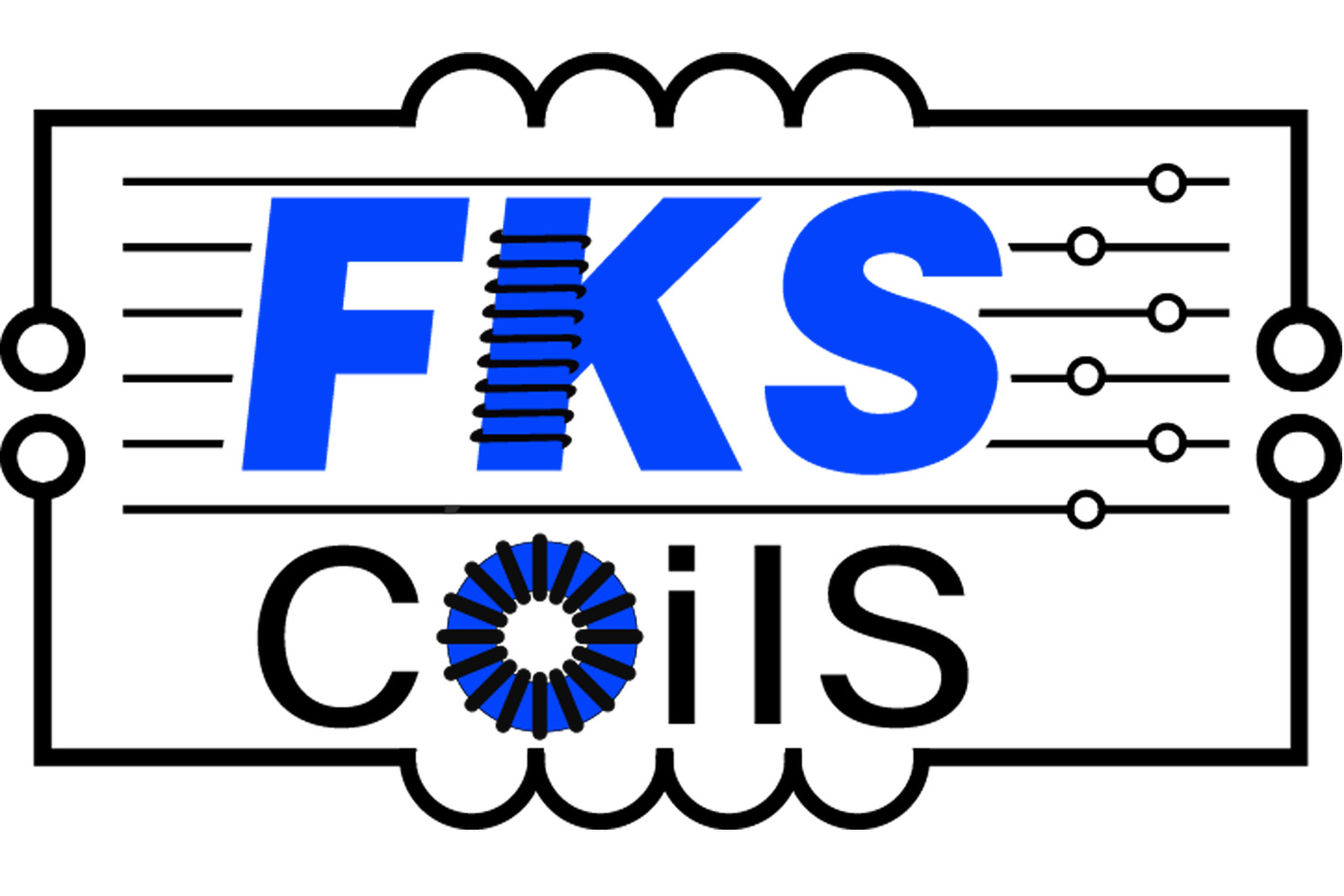5 Key Differences Between Transformers and Inductors
5 Key Differences Between Transformers and Inductors
The transformers and inductors are two important devices used in the electronics. There exists a misconception that these are the same because they look similar in construction and appearance. However, one differs from the other in several matters including applications, design and construction elements, among others. This post aims to familiarize you with some of the notable differences between these two magnetic components.

Differences between Transformers and Inductors
The following points help you understand the notable differences between the two, which in turn facilitates making a wise purchasing decision.
Let’s talk about transformers first.
Transformers are designed with two coils of insulated wires, which are wound over a ferrite, iron or steel lamination core.
Primary functions of transformers include, converting AC at high voltage into low voltage and vice versa.
Transformers have primary and secondary coils. A constantly varying magnetic field is created around the ferrite/iron/steel core when the primary coil is connected to a source with alternating current. An alternating current is thus produced in the secondary coil. The secondary coil gives an output when it is connected to a separate electric circuit.
These devices are widely used for LED lighting, power conversion for commercial and medical uses, and in high voltage (HV) and electro-static spraying applications.
Main types of transformers include step up, step down, auto transformers, power transformers, and toroid core transformers.
Let’s now move on discussing inductors.
Inductors are passive electrical components. They are also known as a coil or choke. An inductor comprises of insulated magnet wire wound into a coil.
The primary applications include providing a specific amount of inductance in the circuit.
When current flows to the coil, it temporarily stores energy in the magnetic field in the coil (core material varies from iron, ferrite, iron powder, amorphous and other high reluctance materials) The conductor can be insulated enameled wire, copper foil strips or high voltage insulated lead wire depending on the application). When there is a change in the current that passes through the coil, then a voltage is created, according to Faraday’s Law.
Main types of inductors include air core, powdered iron core, ferrite core and choke inductors.
Although they look similar, transformers and inductors serve different purposes in electronic applications. Talk to your custom transformer manufacturers to get more technical understanding regarding the key differences. The manufacturer can help you understand more, which in turn helps specify your requirements to the manufacturer.
Custom Coils is one of the leading manufacturers of custom transformers, inductors and other specialty magnetic components. You can also freely ask your questions like the topic discussed here, ‘Differences between Transformers and Inductors’ to the Custom Coils team. The company provides a widest range of magnetic components, all custom designed and built to meet your specifications.
【 Go Back 】 | 【 Close this window 】





